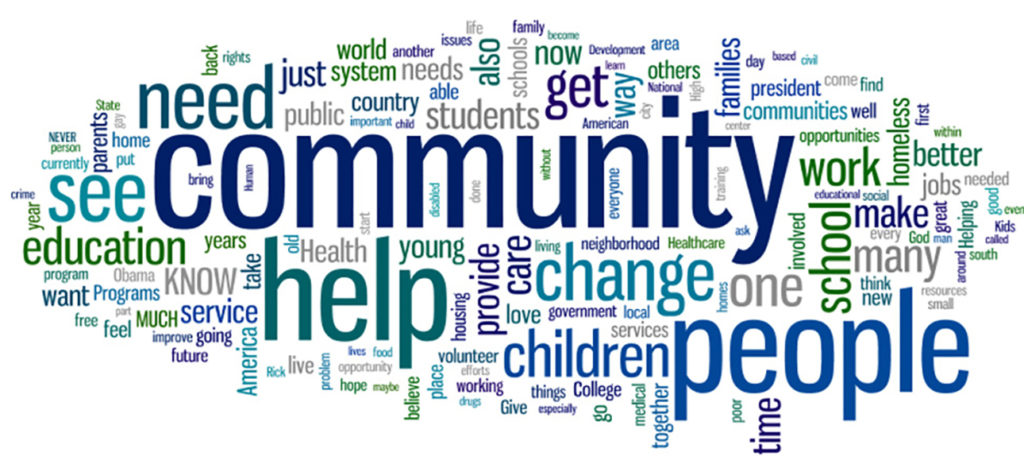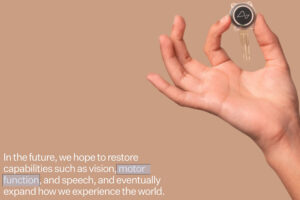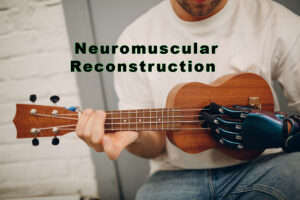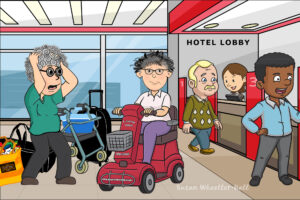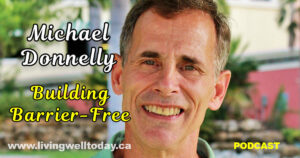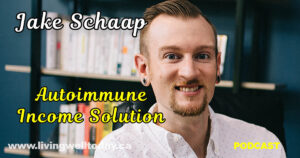Community is defined and described in a number of different ways but the one core fact that is consistent is that community by nature is dependant on being interactive. Individuals must be represented within a shared framework in order to constitute as being a community. As the numbers within a community expand so do the variations of individual representation, to do otherwise essentially excludes parts of the population and their rights as community members.
Since 1981, which was deemed by the World Health Organization as the “International Year of the Disabled Person”, the awareness of factors that cause people with disabilities to be excluded within communities has been brought to the forefront and slow evolution of change has occurred ever since. What that means is, the engaging of an interactive dialogue between individuals who live with a disability and those who do not, has resulted in educating those without disabilities about the specific barriers that cause exclusion. The nuances or concrete examples that cause barriers to full community access are complex and expansive, yet there are only two primary factors responsible for exclusion; attitudinal and structural.
Structural causes of inaccessibility are in reference to physical buildings and environmental terrains, whereas attitudinal factors refer to the misperceptions and prejudices of individuals. In most instances, the latter is what controls the former. Meaning if the collective mindset does not support making the necessary alterations to physical buildings or areas, then accessible adjustments will not come about. For this reason, educating communities about the advantages of instituting greater access is the sole factor required in order to further the evolution toward ensuring communities are accessible and equitable to all members.
The bottom line is that within our communities we have the resource materials necessary to make modifications, we have the skills required to implement modifications, what we lack is the collective intention to build fully accessible communities.

